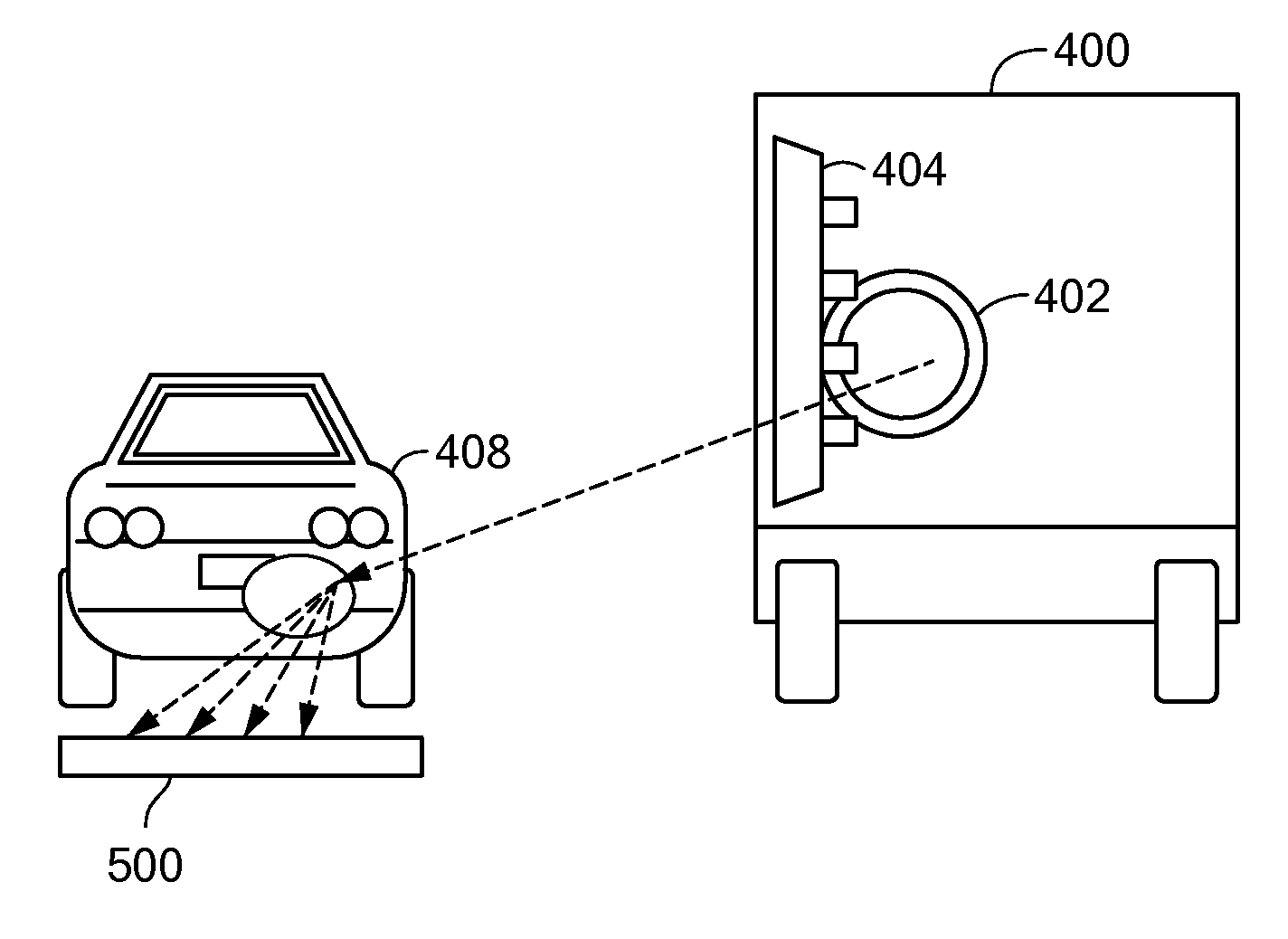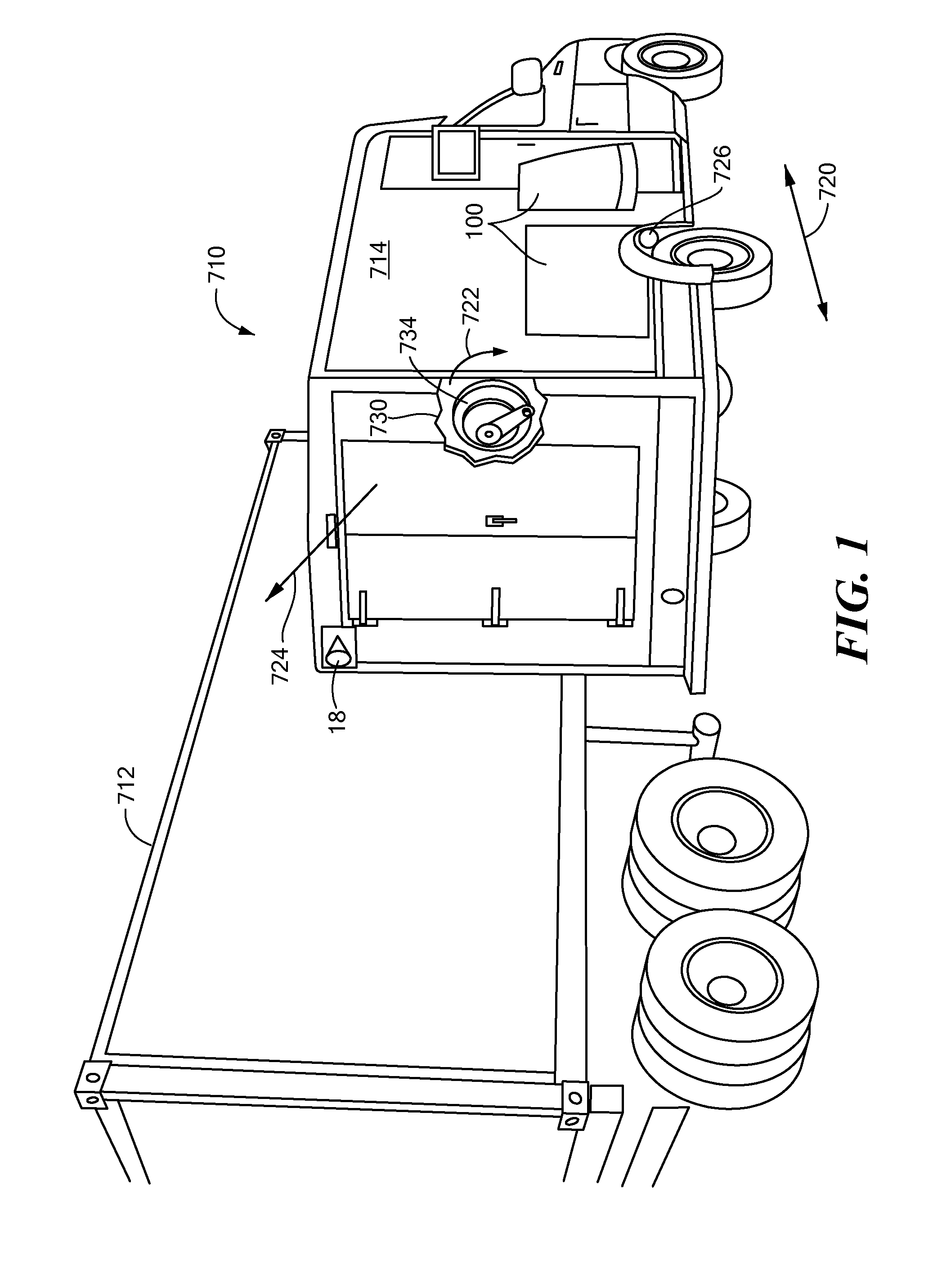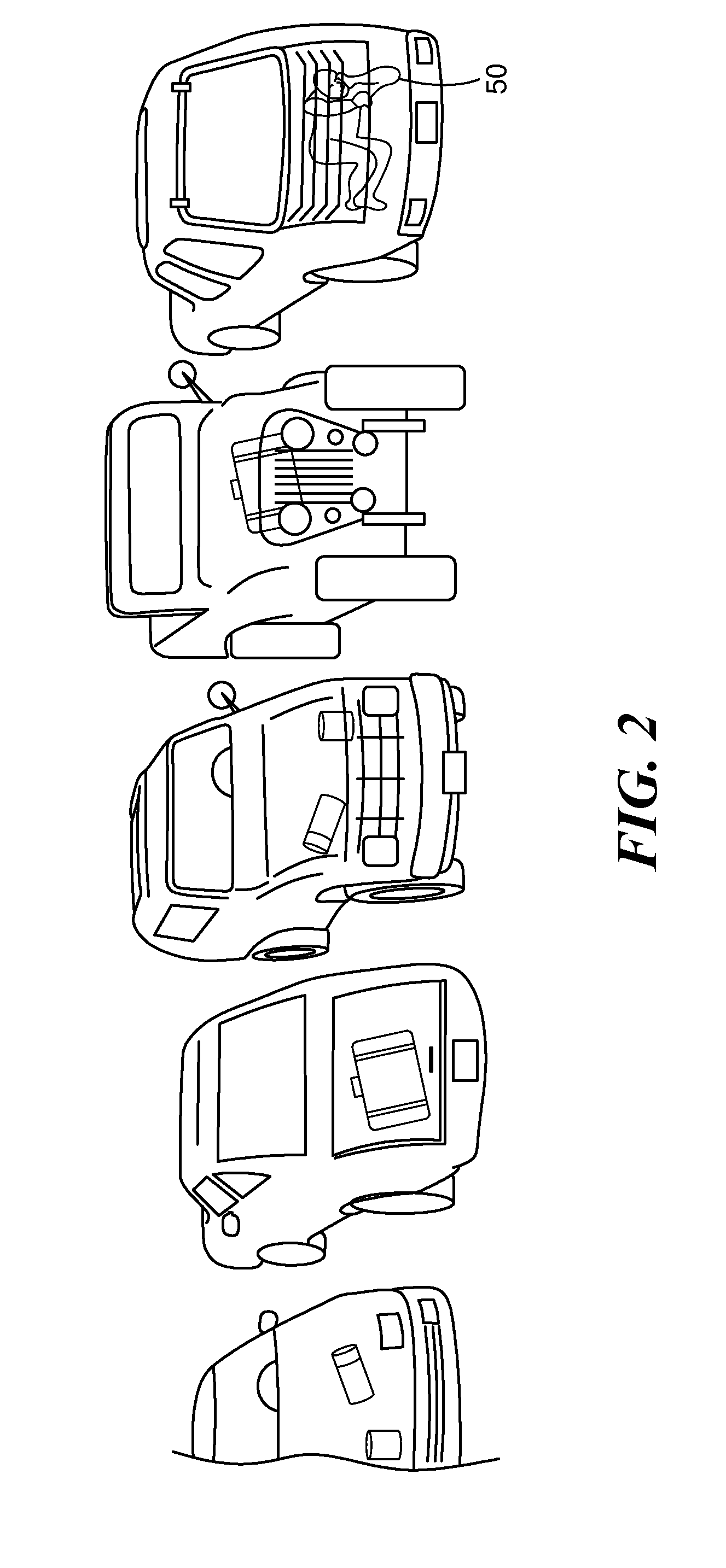X-Ray Inspection Based on Scatter Detection
a scatter detection and x-ray technology, applied in the field of inspection systems, can solve the problems of inability to detect scatter, and inability to use detectors in applications requiring distances greater than five feet, so as to prevent damage to detectors and minimize bounce
- Summary
- Abstract
- Description
- Claims
- Application Information
AI Technical Summary
Benefits of technology
Problems solved by technology
Method used
Image
Examples
Embodiment Construction
[0011]Representative embodiments of the present invention include a system and a method for inspecting an object. The object is illuminated with a collimated beam of penetrating radiation. Backscattered radiation from the beam is detected. Characteristic values of the backscattered radiation are compared to expected reference values. Based on the comparing, a descriptive category is determined which characterizes the object.
[0012]In further embodiments, the penetrating radiation may be x-ray radiation. The descriptive category may, for example, indicate abnormally high metallic content when the characteristic values are less than the expected reference values, or abnormally high organic content when the characteristic values are greater than the expected reference values. The descriptive category may indicate a potential or confirmed security threat according to pre-established security threat criteria.
[0013]In some embodiments, the method may further include selecting the object fo...
PUM
| Property | Measurement | Unit |
|---|---|---|
| distances | aaaaa | aaaaa |
| average energy | aaaaa | aaaaa |
| dynamic aspect ratio | aaaaa | aaaaa |
Abstract
Description
Claims
Application Information
 Login to View More
Login to View More - R&D
- Intellectual Property
- Life Sciences
- Materials
- Tech Scout
- Unparalleled Data Quality
- Higher Quality Content
- 60% Fewer Hallucinations
Browse by: Latest US Patents, China's latest patents, Technical Efficacy Thesaurus, Application Domain, Technology Topic, Popular Technical Reports.
© 2025 PatSnap. All rights reserved.Legal|Privacy policy|Modern Slavery Act Transparency Statement|Sitemap|About US| Contact US: help@patsnap.com



